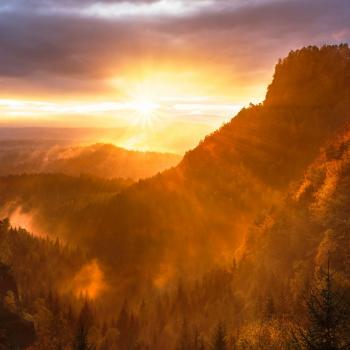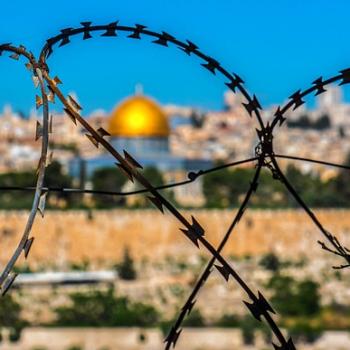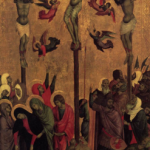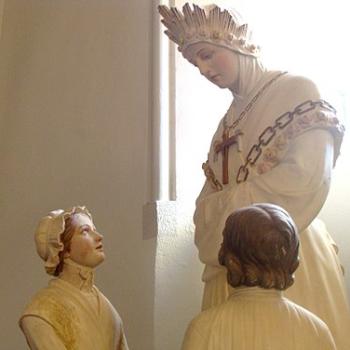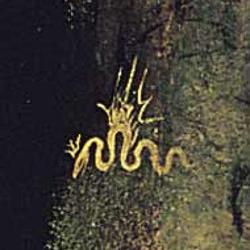Because Hinduism is not a monolithic religious system but is rather a complex, diverse network of traditions, there are a vast number of Hindu festivals. Different Hindus belong to different sects or traditions, and each of these counts its own major holidays and observations. Local or regional preferences may dictate rituals and festivals as well. Despite the many variations, however, there are certain holidays that are widely recognized throughout India and among Hindus around the world. None of these occupies a specific date each year since the Hindu calendar is lunar rather than solar.
Hinduism's New Year begins at different times throughout the year according to the region and religious traditions. For instance, Onam, an early fall festival that recognizes the onset of the harvest season, also serves as a New Year festival in one of the major southern states of India, Kerala. For many others, however, Makar Sankranti celebrated in mid-January, is considered to be the onset of the new year since it marks the return of longer days. It is, therefore, dedicated to Surya, the sun god. Reflecting the different traditions of different locales, this holiday is called by different names in various parts of the Indian subcontinent. The sun, entering a new zodiac sign, begins to rise higher in the sky. Many Hindus call this transition Uttarayan, and it is a time for good fortune and hopes for a bountiful harvest to come.
One of the most popular of Hindu festivals also marks the beginning of longer days. Lohri is often called a "bonfire" festival as it recognizes the end of the month of the winter solstice and the hope of spring. Fires are lit to represent the warmth and energy needed for new life. It is usually celebrated directly after Makar Sankranti.
Hindus of different locales may have several other January holidays, including Pongal and Vasant Panchami. Pongal reiterates the devotion given to Surya, while Vasant Panchami is dedicated to the worship of Saraswati. Since Saraswati is the goddess of the arts and music and education, this holiday is popular among schools and universities.
In late February or early March, many Hindus will celebrate Mahashivaratri, a holiday dedicated to the worship of Shiva, one of the greatest of Hindu gods. Shiva is known as the destroyer god, one who purifies and transforms. Thus, those celebrating this holiday may choose to make new beginnings or dedicate new ventures to the god at this time.
Perhaps the best-known of Hindu holidays, and one of the largest religious festivals of any kind in the world, is Holi. This holiday, celebrated in mid-March, welcomes the onset of spring and is a festival of riotous joy and hilarity. Known by many as the "festival of colors," Holi is celebrated with people filling the streets and throwing of colored powders and colored water, creating jubilant chaos. It is a spiritual invitation to release fears and worries and to embrace fate, the harmony of reality. People all over the world, Hindus and non-Hindus alike, celebrate Holi.
In April, many Hindus will celebrate Ram Navami, a festival recognizing the birth of Ram, an incarnation of Vishnu whose story is told in a sacred text called Ramayana. Other Hindus may celebrate Hanuman Jayanti, honoring Hanuman, another character in Ramayana. Hanuman is a god of loyalty and strength, and many prayers are offered to him for protection and safety.
Krishna Janmashtami celebrates Krishna, the avatar of Vishnu. This festival, which usually falls between August and September, is a time to read the Bhagavad Gita and recall the stories of Krishna's involvement with humanity. This holiday may be followed by Ganesh Chaturthi, the recognition of Ganesha and the order this god brings to the chaos of our world.
In late September or early October, many Hindus will celebrate the nine-day festival called Navarati. While there are traditionally four seasons of Navarati throughout the year, the fall festival is usually considered the central one. This festival is focused on Durga and the feminine gods, especially Lakshmi and Saraswati. Hindus welcome the feminine energy of the gods with prayers and recitations.
Another of the most widely-known Hindu festivals around the world falls in late October or early November. Diwali, also called Deepavali, invites worshipers to spend five days celebrating the victory of light over darkness. Small lamps are lit and placed in homes and temples, and worshipers reconcile broken relationships, spend time with extended families, and make resolutions for the future.
These are just a few of the thousands of Hindu holidays that represent the many facets of Hindu belief and practice. All of these celebrations are part of the rituals that keep dharma—order—in the cycles of human existence. They reflect the deep belief in the sacred order of time as revealed in the stars. Many Hindus keep astrological charts provided by priests for members of their families so that they can adhere to the rise and fall of fate and fortune. Festivals are a part of this cosmic rhythm.
Read more about Hindu community life here.
3/7/2023 10:31:50 PM



